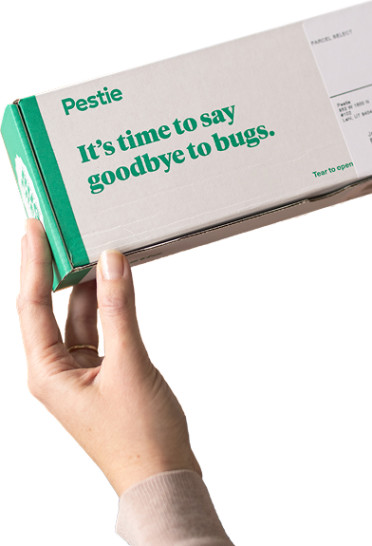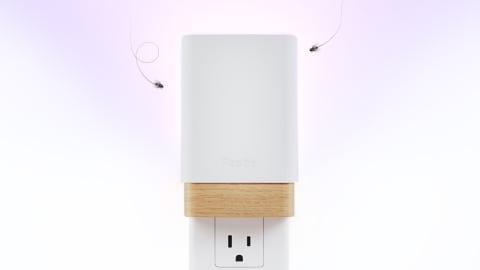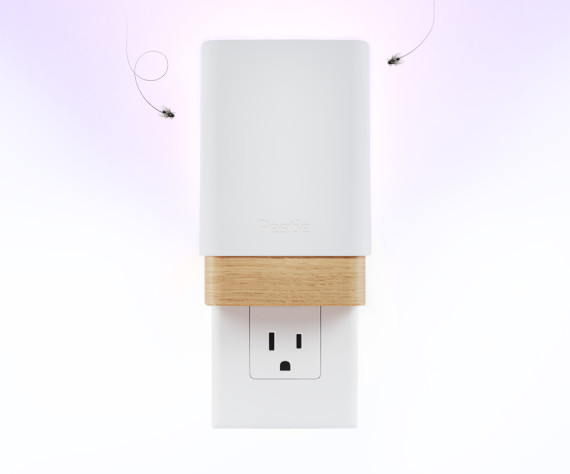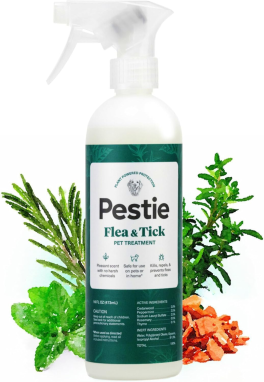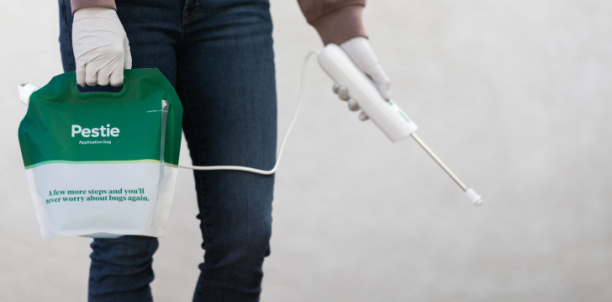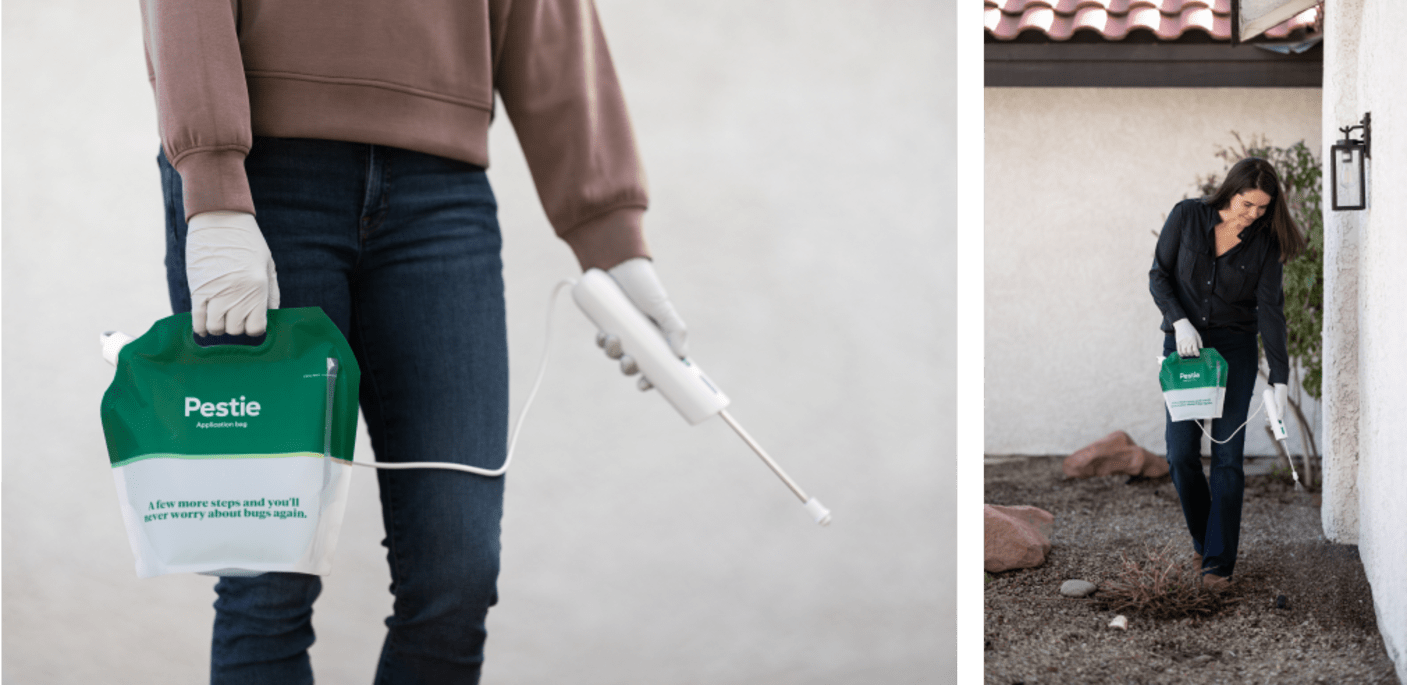How to identify and get rid of elm seed bugs
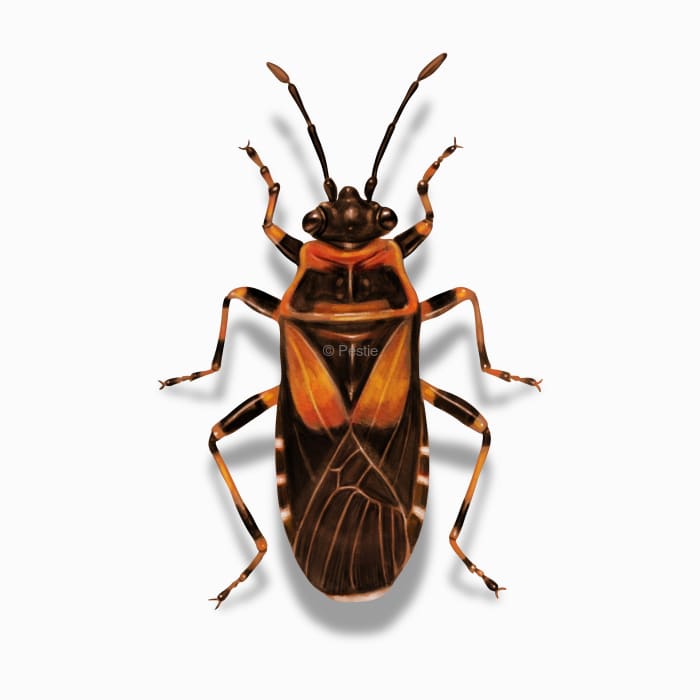
The summer guest who never wants to leave
They call it the fall invasion for a reason. The weather starts to get cooler, and your six-legged friends tend to move indoors with you. So, why are you seeing a particular bug in your house in the middle of July?
If you live in the Western United States and frequently see small red and black bugs in your home, you probably have an invasion of elm seed bugs.
Elm seed bugs are the newest household pest on the scene, finding their way from Europe and hitchhiking into Washington, Oregon, Idaho, Utah, and even Michigan. They are a nuisance pest due to their tendency to enter homes by the hundreds. And if you like the smell of bitter almonds, then you are in luck because elm seed bugs emit that same scent when crushed.
Elm seed bugs feed on elm seeds (hence the name) but can also survive on acorns and linden seeds. They have also been known to suck the juices from leaves.
How to identify elm seed bugs
Elm seed bugs look very much like boxelder bugs, but they are a bit smaller. They have a rusty red color with black markings on the body. They also have white bands that alternate on their abdomen.
If they decide to move in, they might cluster around your home's windows, doors, and other sunny spots, especially during the warmer months. And don't forget about their bitter almond smell. You'll notice that if there are enough of them in your home.
How big are elm seed bugs?
Adults are about 1/3 inch long.
What other bugs look like an elm seed bug?
Boxelder bugs look very similar to elm seed bugs. However, boxelder bugs are bigger, have brighter red stripes, and don't invade your home until August or later.
Where do elm seed bugs live?
They are originally from Europe and the Mediterranean region. Still, elm seed bugs have made themselves at home across the western United States, particularly fond of areas where elm trees thrive. They're found on and around elm trees in the yard, feeding on the seeds. They're often found near windows, doors, or other entry points in your house, especially in warm weather, as they seek cooler environments.
How to get rid of elm seed bugs
Keeping elm seed bugs out of your home is similar to how you are to keep most insects and pests from coming inside. That includes:
- Sealing up entries – Add weatherstripping to doors and windows and seal up any gaps in your home
- Remove elm debris – Cleaning up elm leaves and branches, pruning back tree limbs from your home, and raking up seeds can prevent elm seed bugs from getting inside.
- **Vacuum any intruders **– If you do see elm seed bugs, don't crush them. Vacuum them up and empty the contents into a sealed bag.
- Repair screens – Make sure your door and window screens don't have any holes where bugs can enter.
- Perimeter spray – Consider using an insect barrier spray inside and around the home. Check out Pestie for an easy, pro-grade DIY solution that's customized to your location.
Spraying elm trees isn't recommended, as elm seed bugs are very mobile and can travel from great distances.
Treat elm seed bugs with Pestie
If you're still having trouble keeping elm seed bugs away, the best option is to use a pro-grade, effective pest control solution like Pestie.
Pestie is a do-it-yourself pest control solution that's specially designed to keep elm seed bugs and other pests away from your home.
With Pestie, you can rest easy knowing that your living space is protected and free of creepy crawlies. And the best part? It's designed for people, pets, and the planet, so you can say goodbye to harsh chemicals and hello to peace of mind!
- Save hundreds compared to traditional annual pest plans
- People, pet, and planet-friendly
- Pro-grade customized formulas
Quick facts
- Scientific name
Arocatus melanocephalus
- Colors
Rusty red and black
- Life span
5+ years
- Diet
They primarily feed on the seeds of elm trees, though they don't cause significant harm to the trees themselves.
How dangerous are Elm Seed Bugs?
Low danger risk
Elm seed bugs are considered harmless to humans. They don't bite or carry diseases, but their presence can be annoying due to their smell and sheer numbers.
In their native habitat, elm seed bugs have natural predators that keep their populations in check. However, in new environments like the U.S., the lack of natural predators can allow their numbers to grow unchecked.

